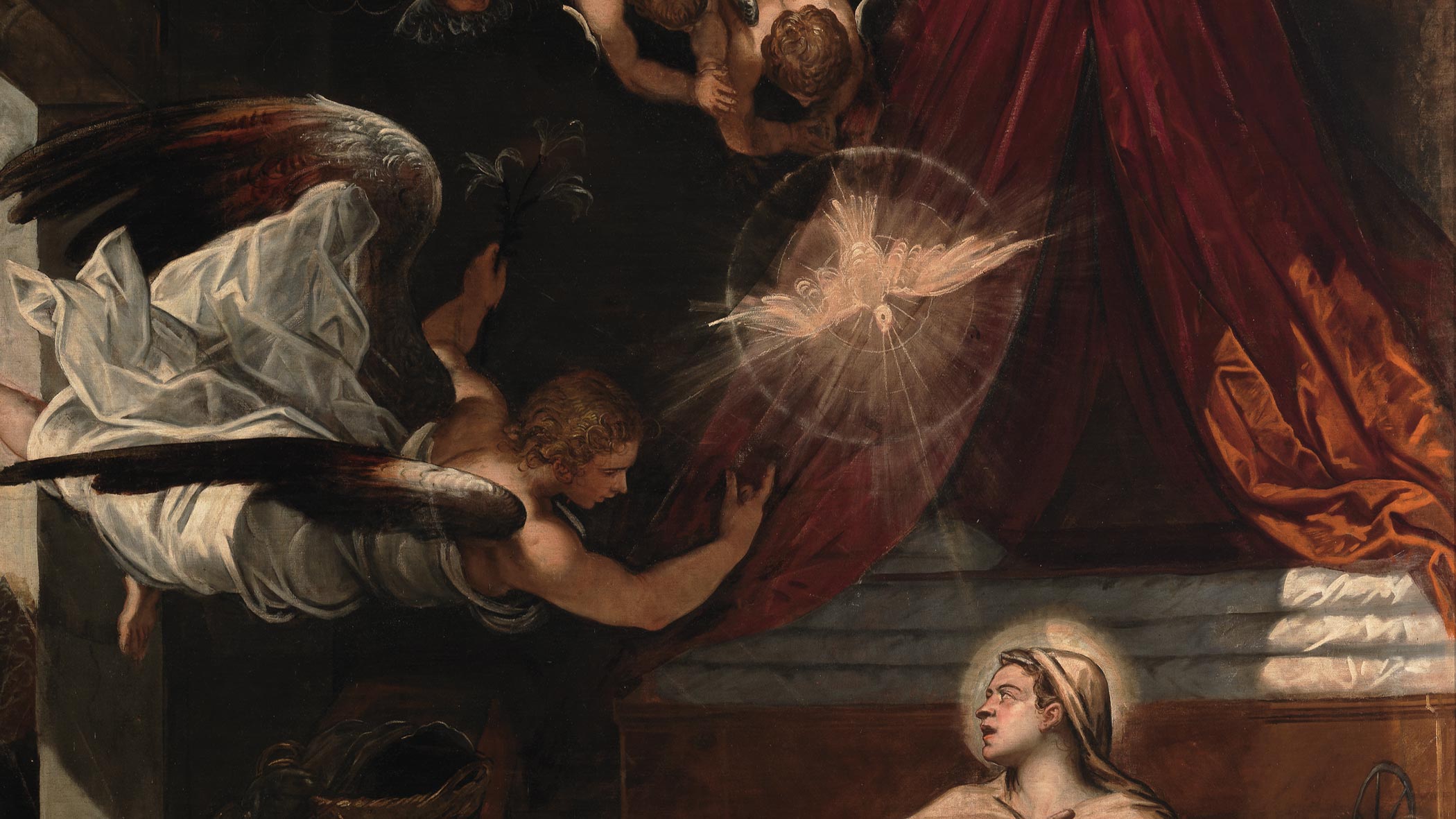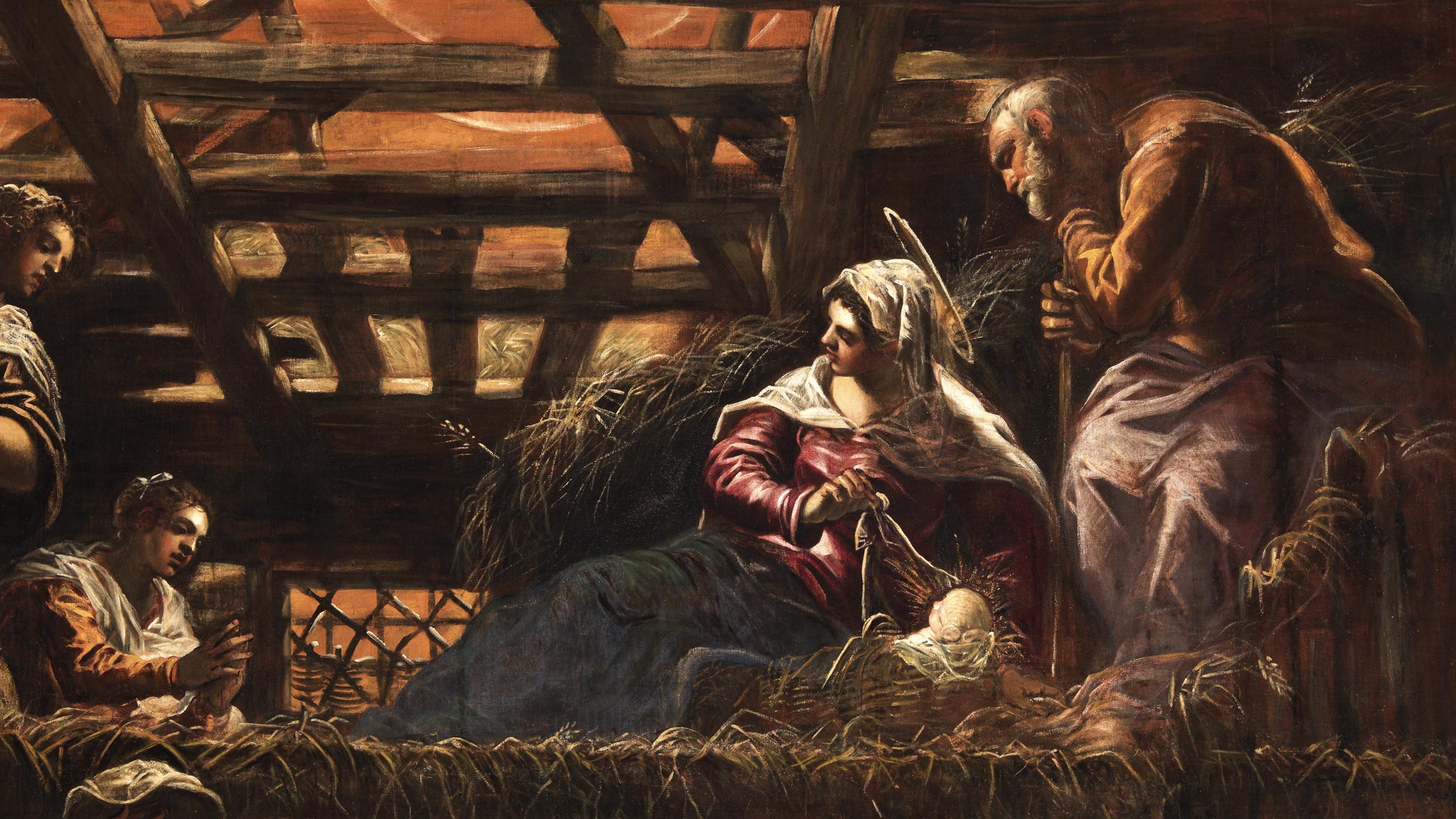
My Tintoretto, my School...
There are certain painters you know without ever having seen one of their paintings with your own eyes – because the pictures that they created are everywhere now, separated from their material support, and from the context and place for which they were envisaged; pictures that are reproduced, parodied, used as posters, icons, even in product advertising. Works that belong to everybody and nobody, eluding the artist and history.
There are painters you can meet in any of the great museums in the world. Painters who were Florentines, Umbrians or Lombards, and now, without having wanted or predicted it, are cosmopolitan, transplanted beyond the ocean or the mountains, venerated and yet somewhat anonymous, like all exiles.
And then there’s Tintoretto. Not him. He cannot be identified with a single work, a single picture, an image that serves as a summary of his career. In the great museums of the world there are some of his masterpieces – Susanna in Vienna, St. George in London, the self-portrait as an old man in Paris, Lucretia in Chicago, the battles in Munich, some portraits in Madrid... But nobody visits those museums to specifically see them, and even if you do notice them, among the thousands of other paintings displayed there, you’ll pause in front of them for only a few minutes. Because it is in his city, in Venice, and only there, that Tintoretto is waiting for us and is revealed to us. For centuries, all of his true admirers have discovered him in Venice – they have encountered him, sometimes by chance, just as one would find an inescapable obstacle of the city, a bridge, a palace, a courtyard with no way out. Tintoretto is the stumbling block of Venice.
My journey towards Tintoretto began in the same way. One winter’s morning I walked through the doorway of a solitary church, the Madonna dell’Orto in Cannaregio, and ventured towards the Gothic nave, deserted at that time of day, attracted by the light that came from a picture hanging above the door of the sacristy. The painting was the Presentation of the Virgin Mary in the Temple. The gracefulness of Maria and the unnamed girl of a similar age at the foot of the stairs, the originality of the architecture, the sweetness of the colours and the strength of the muscular figure of the woman seen from behind, revealed to me the audacity of a painter who was second to none. Since then, I have entered all the churches of Venice, because in almost every one of them Tintoretto has left a reminder of himself. An altarpiece for a smaller altar, a side wall in the apse, the main altar, works painted from youth through to a very old age – sometimes inspired, often with expertise. But every time challenging our expectations, and surprising us.

In spite of the beauty of some of these teleri or large canvases (I cannot fail to mention at least The Last Supper in San Marcuola and in San Giorgio Maggiore, the Milledonne altarpiece in San Trovaso, Saint Helena in Santa Maria Mater Domini), they can even be ignored. Because the essence of the life and work of Tintoretto are found elsewhere: at the Scuola Grande di San Rocco. No Renaissance painter can boast of their own museum, a vast space entirely painted by him. Everyone, even Michelangelo, has to share with others. Tintoretto conquered – with cunning and deceit, talent and devotion – this unprecedented privilege. He ended up creating a monument without precedent or heirs, which should be a symbol of both Italian art and universal art. Yet strangely, it is not. The Scuola Grande di San Rocco has many visitors: it should have infinitely more.
Sometimes I think the problem lies in the name. The word ‘Scuola’ (school) evokes memories that are not always pleasant, even vaguely oppressive. Once we leave the classroom, we stop wanting to learn, we do not have enough time. We want to stroll, enjoy the beauty without effort. The Scuola di San Rocco is not a school. Yet Tintoretto has a lot to teach us. This is another reason to love him. Here is an artist who demands your attention – your heart, but also your mind. His paintings are not easy on the eye, they do not console us. They cannot be understood at first glance: you need to peruse the entire surface several times in order to identify the characters, symbols, even the space itself. Tintoretto, who was criticized for painting too fast, instead asks for slowness. That you enter into his world as you would enter another person’s home – respectfully. Then he welcomes you, generously; he gives you everything, he tells you the story of humanity, bombards you with figures, lights, lightning, silences – and even if you do not believe in what he believed in, the pictorial and conceptual immensity surrounding you, the dedication required to realize this project, the magnificent furor that drove the hand and the mind of the man who conceived it, make you hope that salvation is possible, and that art is the only gateway.
Nobody who truly loves painting can fail to be dumbfounded, overwhelmed, and astonished in the halls of the Scuola di San Rocco.
Melania G. Mazzucco is a writer and essayist. She has written a novel devoted to Tintoretto, La lunga attesa dell’angelo (The Long Wait for the Angel), as well as the biography Jacomo Tintoretto & i suoi figli. Storia di una famiglia veneziana (Jacomo Tintoretto & his Sons. History of a Venetian Family)

